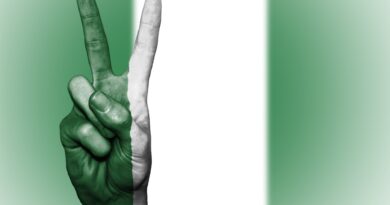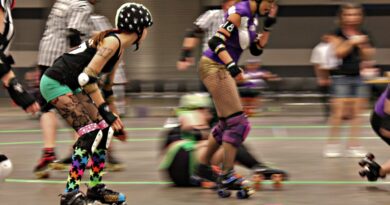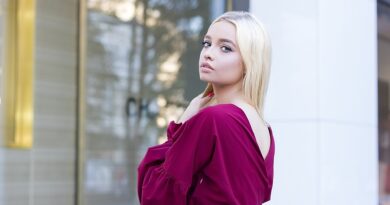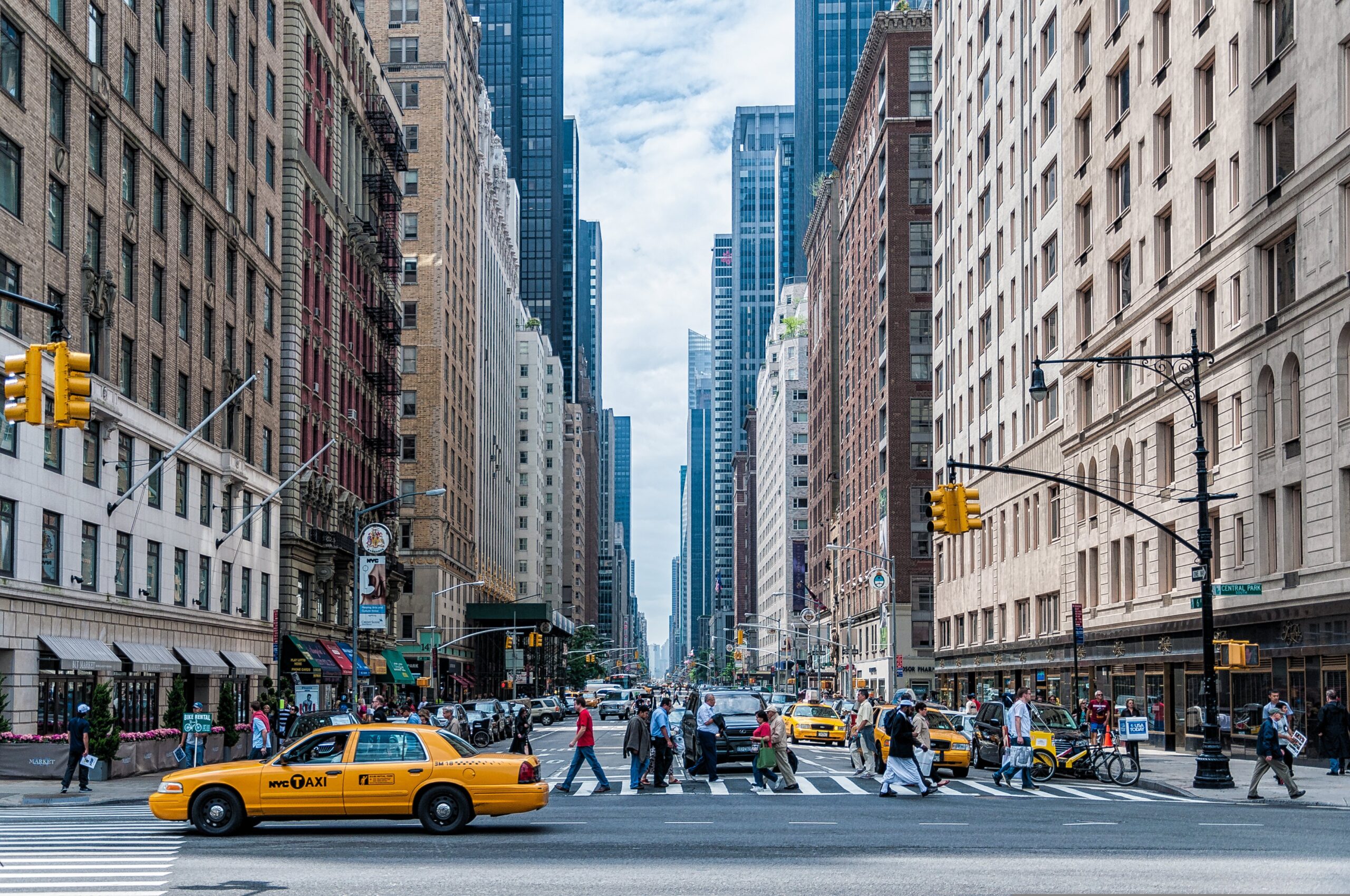Fashion in Film: Analyzing Costume Design and Cinematic Style
Costume design plays a crucial role in the world of cinema, shaping characters and enhancing storytelling through the visual medium. Fashion in film goes beyond mere clothing; it becomes an integral part of the narrative, helping to establish time periods, define characters’ personalities, and create immersive cinematic experiences. Costume designers collaborate closely with directors, actors, and production teams to bring the script to life, using fashion as a powerful tool to convey emotions, establish identities, and enrich the overall visual aesthetic.
Costume design in film involves careful consideration of various elements such as historical context, character development, and the overall visual style of the film. Historical films aim for authenticity, with costumes serving as a means to transport the audience to a specific era. Detailed research is conducted to capture the fashion trends, materials, and silhouettes of the time, ensuring that the costumes align with the setting and contribute to the film’s overall historical accuracy. Films like “Pride and Prejudice” and “The Great Gatsby” exemplify the meticulous attention to detail employed by costume designers to recreate specific time periods.
In addition to historical accuracy, costume design also plays a crucial role in character development. Clothing choices can reveal a character’s personality, social status, occupation, and even psychological state. Whether it’s the iconic red jacket worn by Michael Jackson in “Thriller” or the tailored suits donned by James Bond, costumes become an extension of the character, adding depth and nuance to their portrayal. Costume designers work closely with actors to understand their characters’ motivations, helping to shape their visual identities through fashion choices. By carefully selecting colors, fabrics, and styles, costume designers contribute to the audience’s understanding and connection with the characters on screen.
Moreover, fashion in film is not limited to realistic portrayals. Costume design can also be used to create fantastical worlds, futuristic settings, or symbolic representations. Films like “The Hunger Games” or “Black Panther” showcase the imaginative and transformative power of costume design, where clothing becomes an integral part of the film’s world-building process. Costume designers collaborate with production designers and visual effects teams to create visually stunning and otherworldly costumes that transport viewers into extraordinary realms.
Cinematic style is another aspect influenced by fashion in film. Directors and cinematographers work closely with costume designers to create visually cohesive and striking compositions. Color palettes, textures, and patterns in costumes are carefully considered to complement the film’s overall visual aesthetic. From Wes Anderson’s meticulously curated color schemes to the vibrant and eclectic costumes in Baz Luhrmann’s films, the collaboration between costume design and cinematography creates a harmonious and visually captivating experience.
Fashion in film also has a significant impact on popular culture and trends. Iconic film costumes have the power to influence fashion trends and become cultural touchstones. From Audrey Hepburn’s little black dress in “Breakfast at Tiffany’s” to the red carpet gowns worn by celebrities at award shows, film costumes can inspire and shape the fashion industry, blurring the lines between cinema and real life.
In conclusion, fashion in film is a powerful and transformative element of storytelling. Costume design goes beyond superficial aesthetics; it is an essential tool that helps shape characters, establish settings, and enhance the overall visual style of a film. From historical accuracy to character development and fantastical worlds, fashion in film plays a pivotal role in creating immersive cinematic experiences. The collaboration between costume designers, directors,









